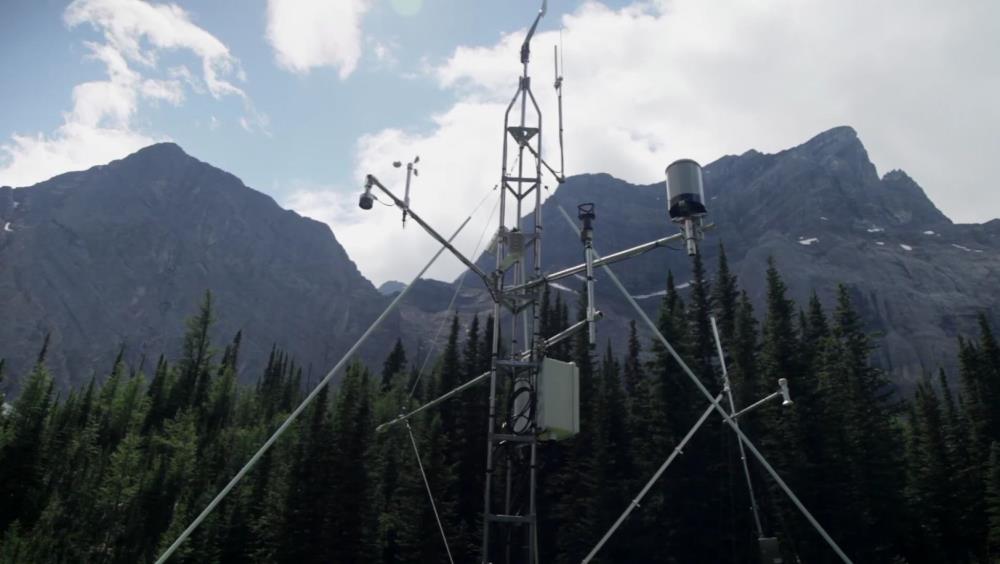
Related items loading ...
Section 1: Publication
Publication Type
Journal Article
Authorship
Van Meter, K.J., Byrnes, D.K., Basu, N.B.
Title
Memory and Management: Competing Controls on Long-Term Nitrate Trajectories in U.S. Rivers
Year
2023
Publication Outlet
Global Biogeochemical Cycles. 37(4)
DOI
ISBN
ISSN
Citation
Abstract
Excess nitrogen from intensive agricultural production, atmospheric N deposition, and urban point sources elevates stream nitrate concentrations, leading to problems of eutrophication and ecosystem degradation in coastal waters. A major emphasis of current US-scale analysis of water quality is to better our understanding of the relationship between changes in anthropogenic N inputs within watersheds and subsequent changes in riverine N loads. While most water quality modeling assumes a positive linear correlation between watershed N inputs and riverine N, many efforts to reduce riverine N through improved nutrient management practices result in little or no short-term improvements in water quality. Here, we use nitrate concentration and load data from 478 US watersheds, along with developed N input trajectories for these watersheds, to quantify time-varying relationships between N inputs and riverine N export. Our results show substantial variations in watershed N import-export relationships over time, with quantifiable hysteresis effects. Our results show that more population-dense urban watersheds in the northeastern U.S. more frequently show clockwise hysteresis relationships between N imports and riverine N export, with accelerated improvements in water quality being achieved through the implementation of point-source controls. In contrast, counterclockwise hysteresis dynamics are more common in agricultural watersheds, where time lags occur between the implementation of nutrient management practices and water-quality improvements. Finally, we find higher tile-drainage densities to be associated with more linear relationships between N inputs and riverine N. The empirical analysis in this study is bolstered by modeled simulations to reproduce and further explain drivers behind the hysteretic relationships commonly observed in the monitored watersheds.
Plain Language Summary
For decades, efforts have been made to improve nutrient management, reduce riverine N loads, and improve water quality. While measurable improvements have been achieved in some watersheds, in others, elevated N loads have persisted. To better our understanding of the time-varying relationships between anthropogenic N inputs to watersheds and riverine N export, we analyze long-term monitoring data from more than 478 U.S. watersheds, together with watershed N input trajectories. Our analysis shows that in the 400 watersheds in which net N inputs have decreased or plateaued, 33% demonstrate lagged responses to these changes, and another 30% show no clear response. In contrast, approximately 24% of all watersheds exhibit accelerated improvements in water quality, with riverine N reductions actually outpacing reductions in N inputs. Bettering our understanding of the relationships between watershed N management and riverine N export across the U.S. allows us to identify water quality success stories and provides critical insight into effective management scenarios for impacted watersheds.


 GWFNet
GWFNet Master
Master Data
Data Research
Research Map
Map
 Advanced
Advanced Tools
Tools
 . . .
. . .
 Metadata Editor
Metadata Editor
 Record List
Record List
 Alias List Editor
Alias List Editor
 Legacy sites
Legacy sites